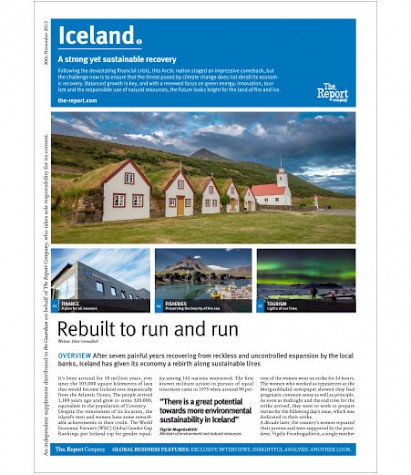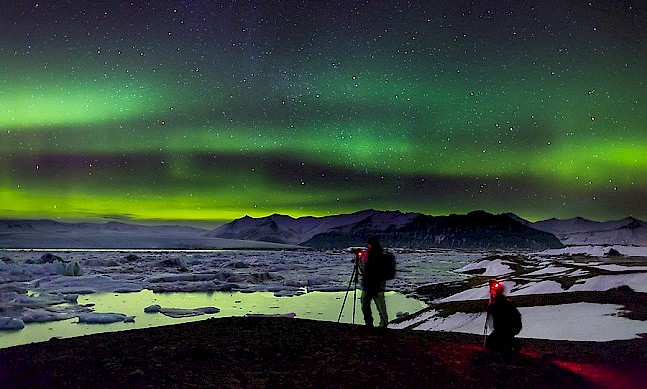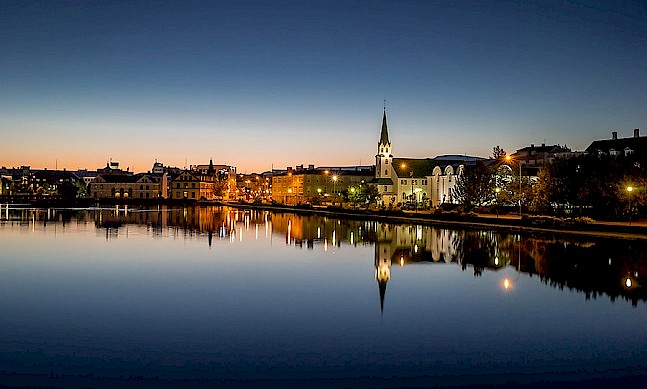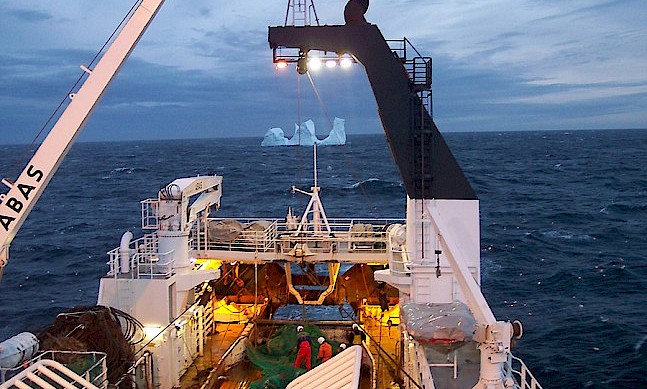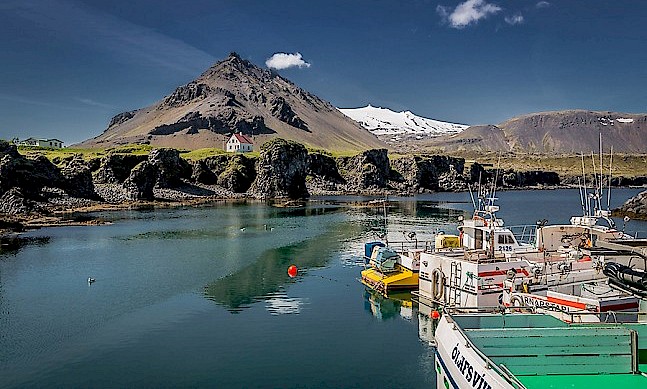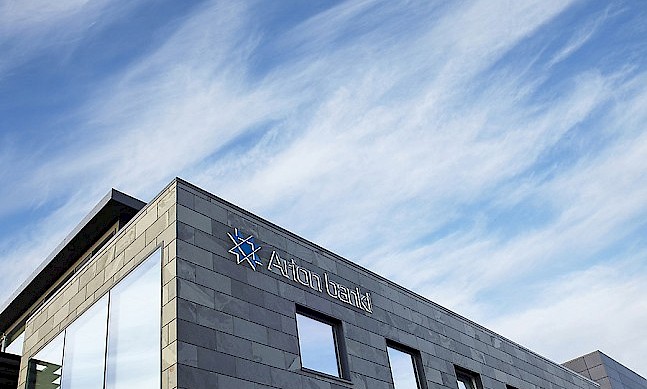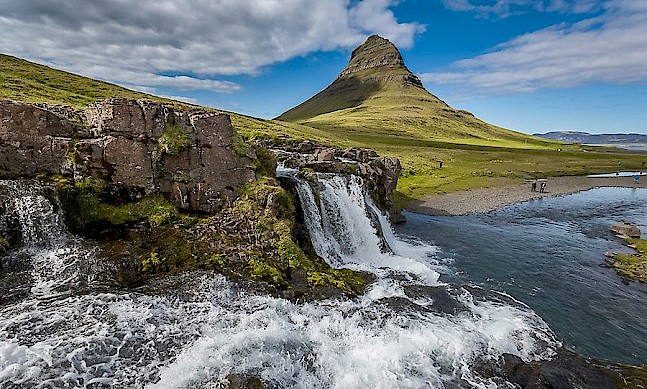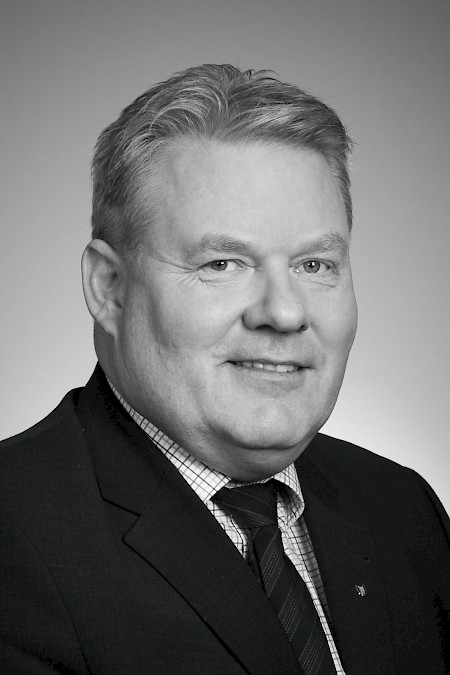 Sigurdur Ingi Jóhannsson, Minister of Fisheries and Agriculture. Photo: Ministry of Fisheries
Sigurdur Ingi Jóhannsson, Minister of Fisheries and Agriculture. Photo: Ministry of Fisheries
Appointed minister of fisheries and agriculture in 2013 following a stint as environment minister, Sigurdur Ingi Jóhannsson has been a member of the Icelandic parliament since 2009. He spoke to The Report Company about the importance of the fishing sector to the Icelandic economy, and the plans Iceland has to introduce its food products to the rest of the world.
The Report Company: What is the current situation of the fisheries sector?
Sigurdur Ingi Jóhannsson: Fisheries has been growing as an important part of the economic make-up of Iceland. It has been our most vital economical sector for many years, and will be for the future as well, we believe. Nowadays, only ten or 11 percent of the country’s GDP comes from fishing and fish processing, but if you take the service sector and the technological sector also into account, then we are probably talking about 27 to 28 percent. The proportion of the country’s workforce involved in the sector is only around five percent, but it generates about 26 percent of foreign exchange earnings. So, despite not being a big part of the GDP, it’s a quarter of the foreign exchange earnings and also forms the basis for the development of a very prolific high-tech industry. The fishing industry is a very sufficient and highly profitable sector.
If you compare our fisheries sector with its counterparts around the world, most of them with subsidies, they are not doing as well as we are doing here. The main reason for this, we believe, is the fisheries management system introduced in the 1980s which has very much changed the attitude of the industry towards emphasising efficiency and product value rather than quantity. Thus for instance, in 1980, we were fishing about 450,000 tonnes of cod and we made some money out of that by exporting it to foreign countries. In 2009, we went down to 130,000 tonnes, but at the same time we were getting more than double the price for the fish because we have made the sector more efficient. That’s a key issue. If you compare our fleet with the fleet in other countries, we had too many ships before, whereas now we have a more sophisticated and efficient fleet. This is also beneficial for the environment because we are using much less oil for catching the fish.
At the same time, we are building up the stocks and the utilisation is based on sustainability and responsibility. Today our cod stock is growing steadily and other fish stocks around Iceland are generally in good health, meaning that our utilisation is sustainable. This is also important for the environment as more fish in the sea means that less effort is required to catch them, thus reducing fuel use and overall cost.
“If you compare our fisheries sector with its counterparts around the world, most of them with subsidies, they are not doing as well as we are doing here”Tweet This
TRC: What can you tell us about the quotas system?
SIJ: The fishing rights were limited so that you have a vested interest in better management of the resource among all fishing companies, because they have to make the most money out of what they get. These rights can be transferred, so if two fishermen have different objectives, one wanting to get out of the industry and the other wanting to expand, the system takes care of the needs of both as the quota can be transferred between them so you have two pleased people. However, ITQ has generally had a lot of resistance in many countries for being too market oriented or too business oriented, but we see it as encouraging not only better economic management, but also better environmental management. Our goal is of course still to add quality and add value.
TRC: How do you add value in the sector?
SIJ: We are doing quite a good job in by-products, which are increasing rapidly. We are able to utilise the knowledge of people from other sectors, by for example using fish skin for skin healing, and extracting enzymes from the intestines of fish for the cosmetic sector. By doing this, we can double or triple the value of the fish, so then it’s not only about flesh, but it’s about the whole fish. Our goal is to utilise as much as possible of each fish. That should be the aim; we should be utilising everything that we are getting out of the sea and utilise it in such a responsible way that we maximise the value and maintain the resource.
TRC: How would you appraise the agriculture sector?
SIJ: Agriculture is vital for the economy, even though it doesn’t have so much weight in terms of GDP, and it’s not yet a big export industry. However, it is very important for livelihood in rural areas and particularly so for the development of tourism in Iceland. The government believes that agriculture is very important for the future in Iceland and in the Nordic countries. We want to provide both the Icelanders and our guests with very high quality meat, dairy and horticultural products and we are working in that direction. We are now working on agreements for horticulture production and greenhouses, where we are utilising renewable energy to produce tomatoes and other products all year round even though there is frost outside.
On the other side, we are working with other countries. Our main goal is to identify opportunities and new markets and develop further our current trade agreements. We are inside the EFTA, and there we have about 25 free trade agreements with 35 countries, and of course the EU is an important trading partner with us as well. We also have a bilateral free trade agreement with China which is coming more and more into place, and we see opportunities both for agriculture and of course for fisheries there. That is what we are working on.
“Here in Iceland, we build all of our food production, both in fisheries and agriculture, on sustainable utilisation”Tweet This
TRC: What are the challenges that you face?
SIJ: The challenge is of course competition from other countries in international markets. Our fish products are of highest quality, but we want to generate some more earnings, because we have high living standards in Iceland and the people that are living here are expecting that we can continue to do so and the only way that we can do this is to get the highest price on the world markets. We have to find niche markets. Most of the agriculture in Iceland is close to being organic, and some of it can be certified as such, which attracts a higher price.
We are also exporting our culture through food, by introducing Skyr. This is a unique product. It’s not yoghurt, but it’s a sort of cheese without any fat. We started to export initially to Finland and Norway and now other companies in Europe are trying to copy Skyr. This is an example of a perfect product for export. It actually comes from the Vikings, so it has a long and good story too.
TRC: What message encapsulates the fisheries and agriculture sectors in Iceland?
SIJ: I think the message is that here in Iceland, we base all our food production, both in fisheries and agriculture, on sustainable utilisation. We will never take more out this year than is safe for the future, because we have to preserve the resources for the generations to come, and that is not just a goal but rather something we are achieving. We make sure that everything that we are producing is of high quality. I would tell people to come to Iceland, taste our foods, and visit our great nation. And then I hope that they can go to their local store and buy our products in their country.


